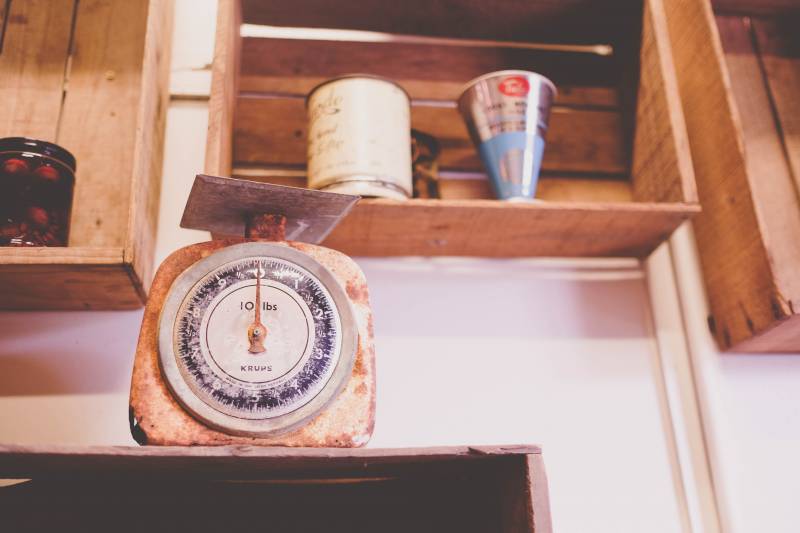Shabby chic is a style of interior design that utilizes distressed, worn, and antiquated decor to deliver an artistic and earthy aesthetic. It originates from Great Britain and in its early form, it was a rather grand style utilized by large country houses. Today this style usually isn’t quite as grandiose since it can be found in a variety of homes, both big and small, but one thing that hasn’t changed is that it still makes for instantaneously captivating accent pieces and furniture.
Key Characteristics of Shabby Chic Design
Shabby chic design can be described as romantic and relaxed with a feminine aesthetic. It often includes light pastel colors, splintered wood and chipped paint, and general signs of wear and tear. Here are a few key characteristics that help define this style:
- Worn & flawed: Signs of wear and tear are the foundation of this style. Imperfections in finishes or building materials are highlighted.
- Casual & homey: Meant to be comfortable and used, not just admired. Function over form.
- Soft colors: Light pastels, white, cream, and grey are some of the key colors
- Wood & Wrought Iron: Wood and wrought iron are staples of this design style, specifically distressed or with "rough edges" (ie. live edges, unsanded or unfinished wood, and with peeling paint or rust)
- Recycled: Salvaged wood is often used on new builds, where older pieces are usually second hand
- Patterned: Features a mix of patterns with an endorsement for plaid and floral
- Faded: Fabrics are often faded or tea stained
- Matte: Finishes usually have little to no shine
The History of Shabby Chic
If you’ve ever furnished a cottage then you might be familiar with the common practice of reusing and repurposing some of your main home’s older furniture and decor. But what you might not know is that the reuse of old furniture in a cottage setting is the foundation of shabby chic’s beginnings. It was in Great Britain that homeowners started reusing, repainting, and repurposing their main home cast-offs in new ways. Notably, this would also be one of the first waves of recycled or green decorating—an eco-conscious practice that is steadily increasing in today’s design landscape.
From its birth to today, shabby chic went from being used to achieve an elegant look in luxury country homes to a utilitarian form of design with an artistic and earthy aesthetic used in a variety of spaces. Or, when shabby chic is used in unison with other decor styles, it is exceptional at creating eye-catching focal points.
Although shabby chic was used to describe fashion and decor through the 20th century, it wasn’t until the 1980’s that The World of Interiors magazine popularized the term for interior decor. Then, in the 1990s, we saw this style spread to the United States and eventually evolve into what we know it as today.
How to Incorporate Shabby Chic Design Philosophies to a Contemporary Home
Furniture and accessories that are inherently shabby chic create captivating decor that is aesthetically stunning, has a timeless quality, and works on virtually any budget.
Here are 3 simple ways you can incorporate shabby chic design into a contemporary home:
- Adopt the mindset that this style was found upon—reuse and restyle what you have. This may include slipping some patterned covers on your old throw pillows or repainting and distressing a piece of antique furniture.
- Pick decor that celebrates imperfections to create a truly unique look. Opt for wood furniture that highlights knots and other oddities, vintage pieces that have naturally worn over time, and handmade pieces that fall in line with wabi-sabi.
- Switch up your color palette. Refresh your decor by revamping walls, furniture, and accessories using the soft and fresh color associated with this style. Key colors to consider include light pastels, white, cream, and soft grey.
No matter if you choose to explore shabby chic design on a large or small scale, it is a simple style to incorporate into any home looking to cultivate a fresh, artistic, and earthy aesthetic.
Read more about our most popular design styles including shaker, mission, and mid-century modern.


